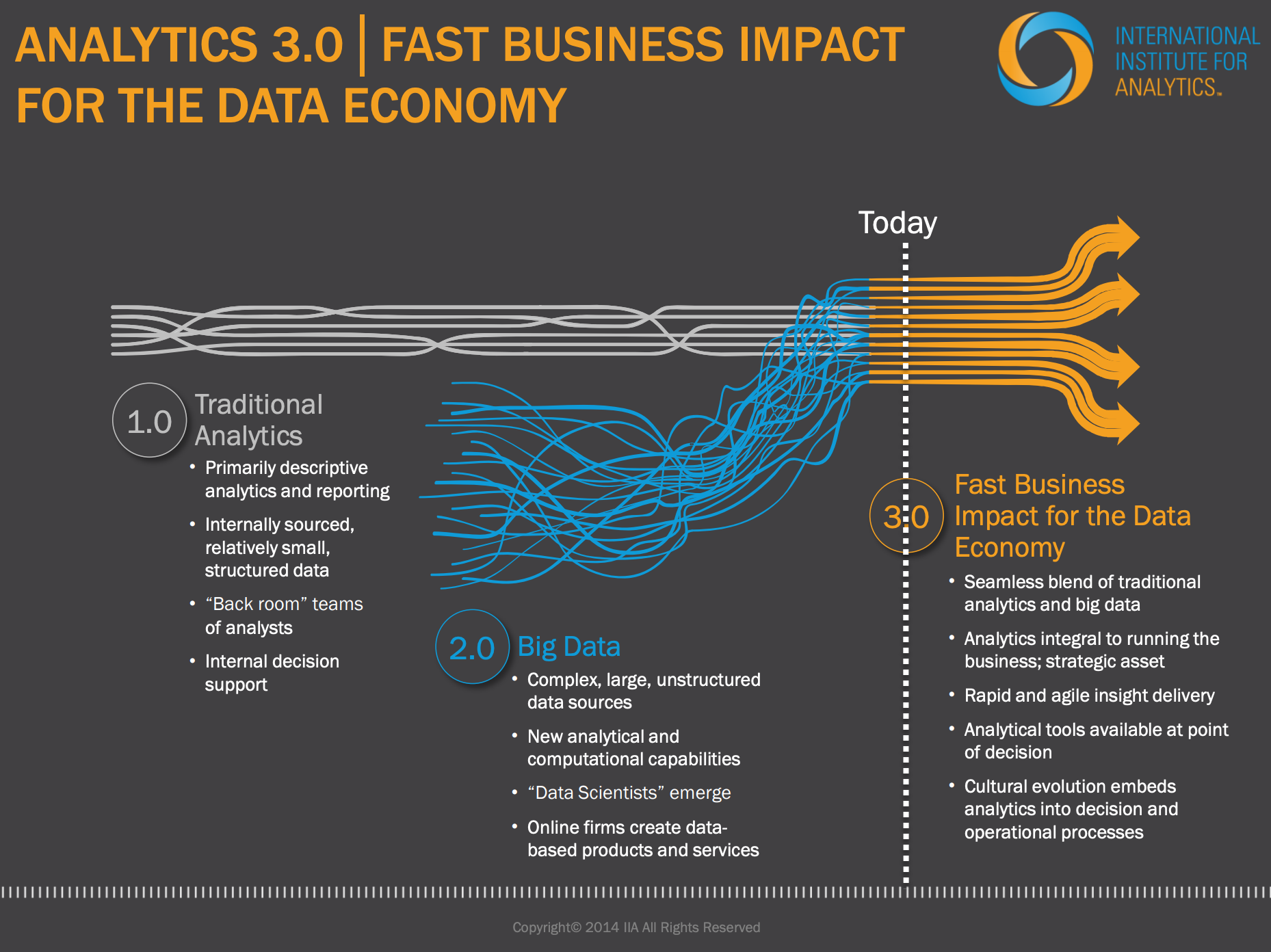My son and I are really excited about the new NBA season. We are Atlanta Hawks fans, so we’re not too optimistic about this year. We know the team is young and has decided to undertake a rebuilding process. Our mantra for this season is the now familiar “trust the process”.
If you’re not aware of the phrase “Trust the Process” comes from the Philadelphia Sixers rebuilding efforts over the past couple of years. What’s most interesting to me is that the formula for team success is much broader now. It is no longer just about having great players, but free agency positioning, analytical prowess, superior facilities and developing long-term successful franchises.
It's all about the process now.
I find the same can be said for delivering customer data and dashboard solutions.
Much of the historical focus when deploying data applications (customer dashboards, embedded analytics, etc.) has been on selecting the right tool. However, despite so many more great tools and increased investment in the BI space, successful implementation rates have not improved.
In a research piece by Dresner Advisory Services from May of this year, they highlight the fact that successful BI implementations are most often tied to having a Chief Data Officer (CDO). This makes a lot of sense because the CDO is just like an NBA team’s general manager. They bring accountability and experience as well as a process to make customer data solutions successful.
Here are some elements that make process so valuable to delivering data applications and solutions.
Launch Dates - A process is the best way to mitigate against missing the launch date. The existence of checklists, status updates, and documentation offer a means to anticipate risks that cause delays. Remember that delays to the product launch or release directly impact revenue and reputation. Missing product launch dates is not something that goes unnoticed.
Customer Credibility - When delivery dates are missed, requirements miss the mark or dashboard designs don’t serve their audiences product confidence is lost. Its not only the customer’s confidence that we need to be concerned about, but also the sales and marketing teams. Once we lose the trust of these audiences it takes time to regain it, not unlike sports teams who fail to deliver winning teams over many years (see: New York Knicks).
User Engagement - When there is no process that means there’s no planned effort to understand the audience and deliver the dashboard design. If users can’t understand the data you’re sharing with them, a cancelled subscription is a near certainty.
Applications, not Dashboards - The best dashboards are purpose-driven applications. Tools don’t deliver purpose. The process undertaken to understand and solve a real problem delivers a purposeful solution.
A Complete Platform - A dashboard solution is only a means of displaying data. A process defines ALL the requirements. Having a process recognizes that a complete solution is needed which includes security, user administration and application performance optimization.
Much like NBA success, a successful customer dashboard implementation isn’t about picking a product (player), but sustained success over many years of increased subscription (tickets) revenue, fan engagement and loyalty. The path forward for distributing and delivering on valuable data applications is all about your process.
In the event that you don’t have a process or a CDO leading your efforts, click here to learn about the Juicebox Methodologies. It's our way to design and deliver successful, on-time applications as well as wildly loyal fans. Trust the process. It works.


